Using light-based polymerization, researchers have reduced the amount of time needed to 3D print certain medicines from minutes to seconds.


Using light-based polymerization, researchers have reduced the amount of time needed to 3D print certain medicines from minutes to seconds.

Researchers explore how manipulating the properties of chocolate metamaterials can change our enjoyment of it.
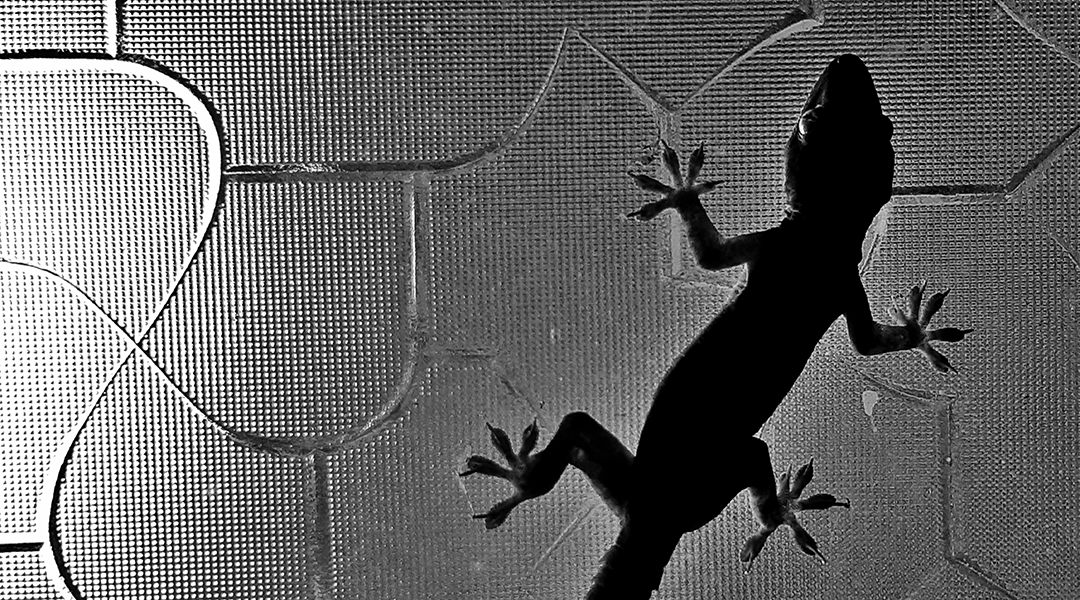
Inspired by microscopic hairs on gecko feet, scientists in South Korea have developed a shape-memory polymer that acts as a dry adhesive.
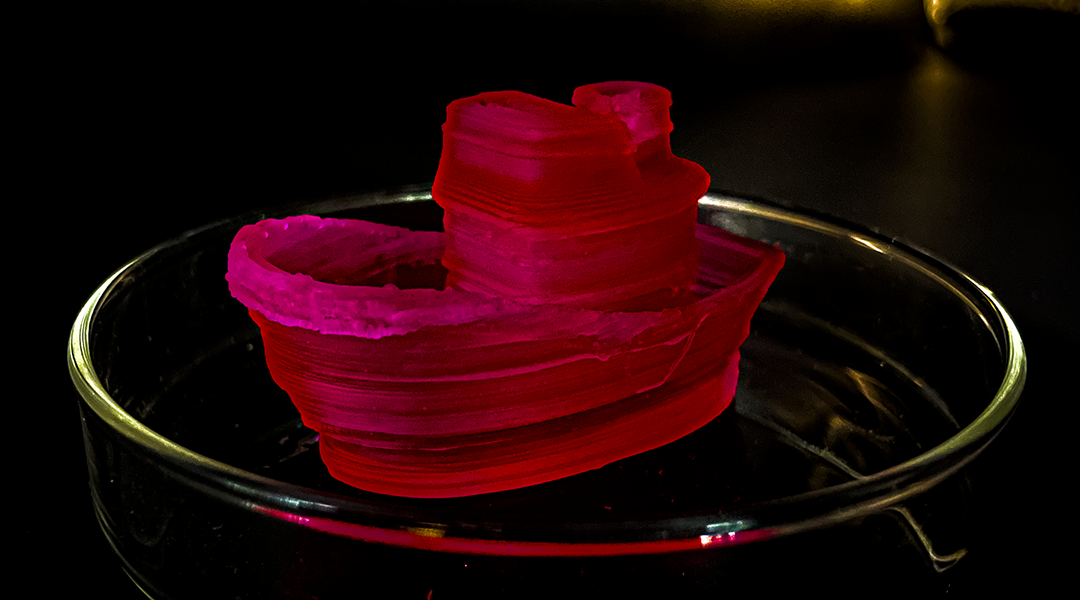
Researchers have created stiff, recyclable hydrogels that can be broken down into their base components and reshaped on demand.
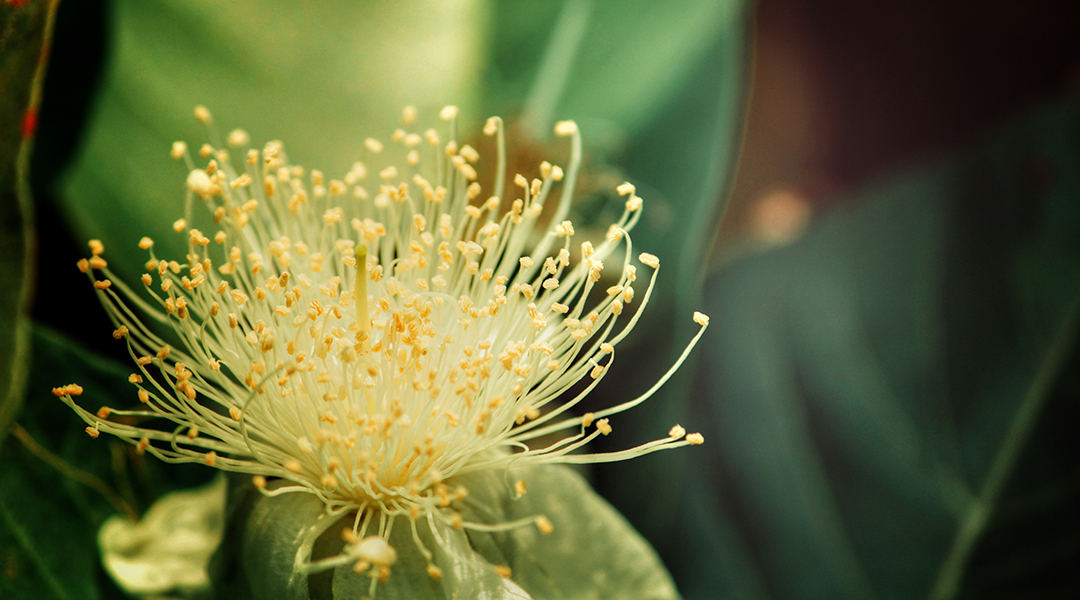
A pollen-based ink opens doors for advancements in 3D bioprinting.

Scientists have developed a polymer-coated glass that can change from transparent to opaque when exposed to sunlight and heat.
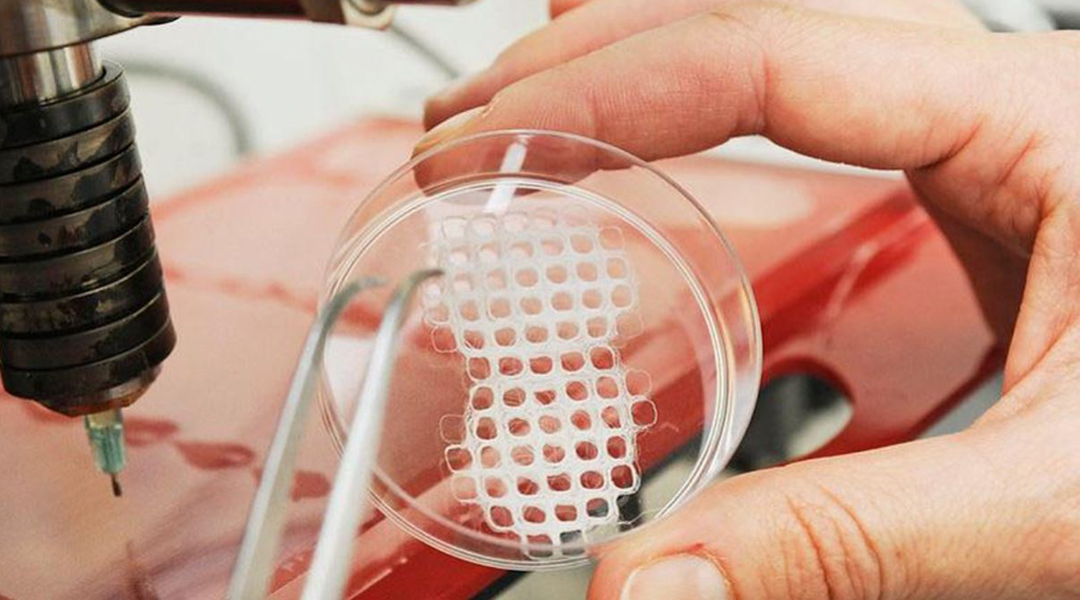
Machine vision and artificial intelligence can fine tune medical 3D printers to enable custom made tissue implants to suit the individual patient.
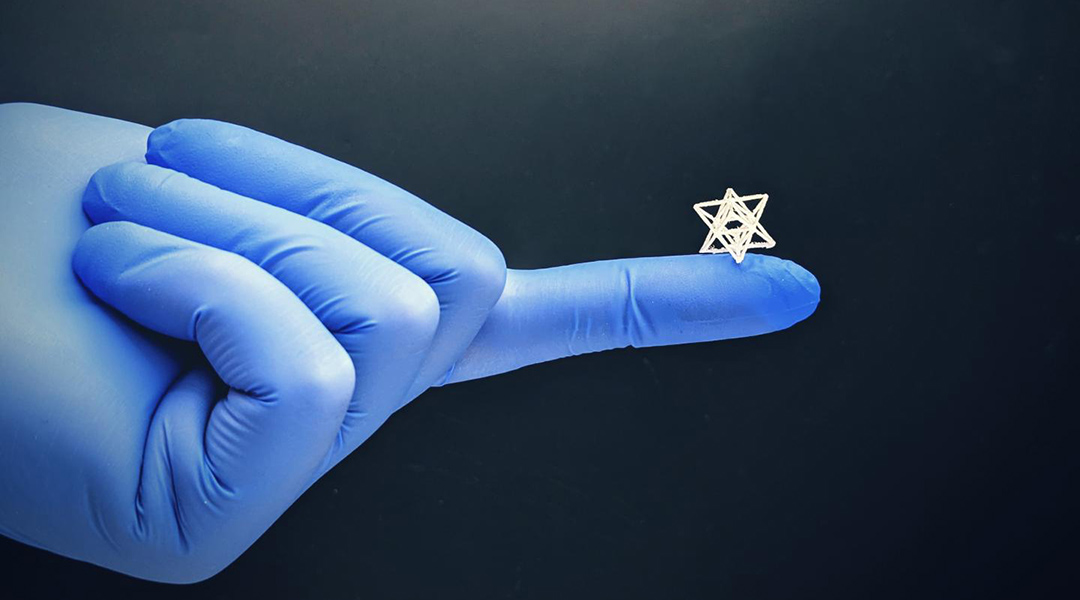
Researchers have flipped traditional 3D printing to create some of the most intricate biomedical structures yet.
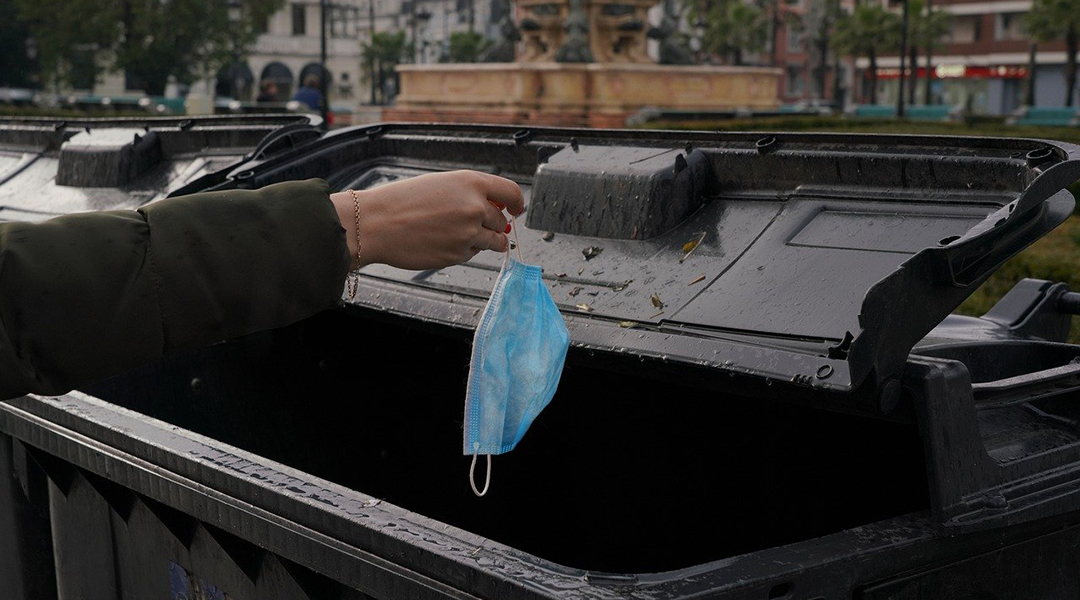
Moisture-resistant mask filters made from compostable and abundant materials could help curb plastic pollution as a result of the pandemic.
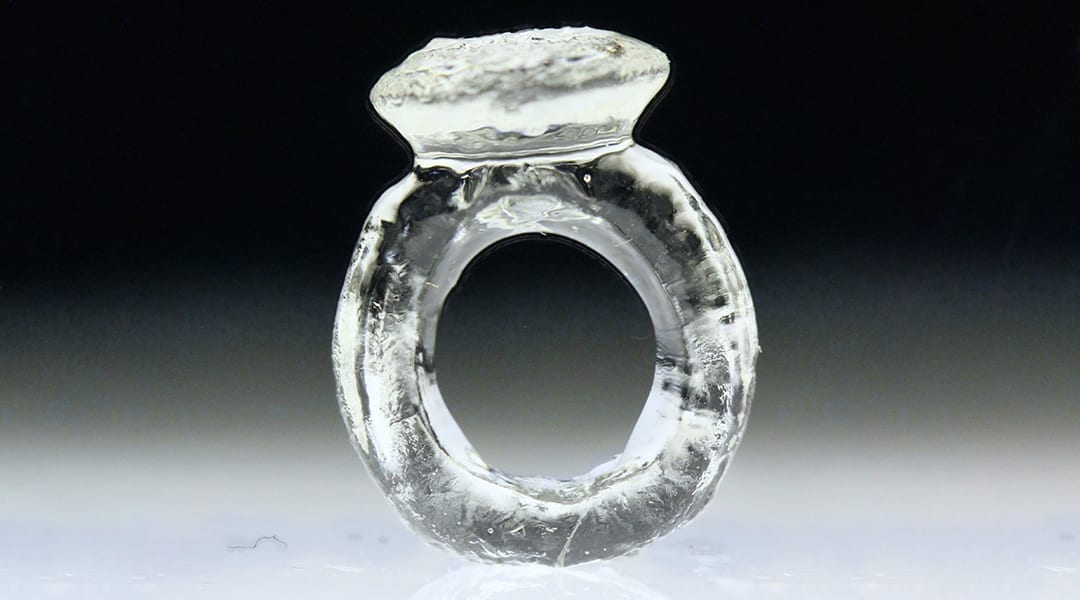
A new light-sensitive polymer resin gives researchers more control over 3D-printed objects.